Evolution of cells
Origins of Cells
The origin of cells is a subject of ongoing scientific inquiry. The most widely accepted theory is that life originated from non-living matter through a process known as abiogenesis. This process is believed to have occurred around 3.5 to 4 billion years ago, during the Hadean eon.
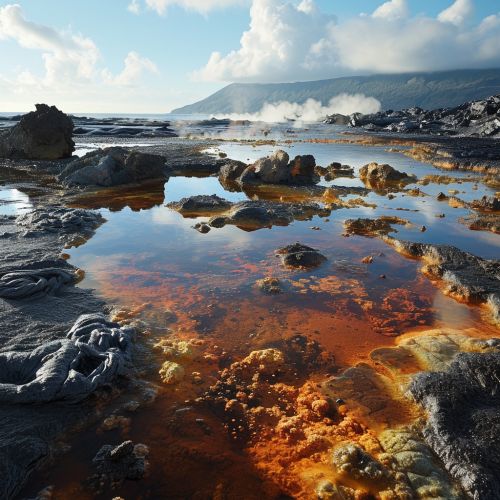
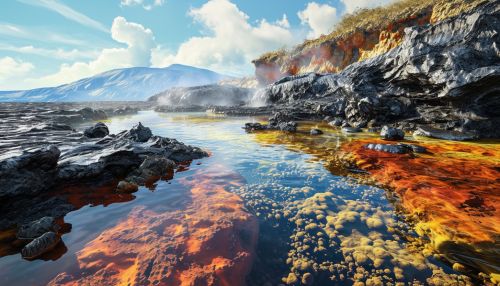
The early Earth environment was vastly different from what it is today. It was characterized by a lack of oxygen, high temperatures, and the presence of various inorganic and organic compounds. These conditions are believed to have facilitated the formation of simple organic molecules, such as amino acids, which are the building blocks of life.
From Simple Molecules to Protocells
The next step in the evolution of cells was the formation of protocells. These were simple, self-replicating, and self-sustaining systems that are believed to have been the precursors to modern cells. Protocells consisted of a lipid bilayer, which formed a protective barrier around the organic molecules inside.
Protocells were capable of growth, division, and evolution, much like modern cells. They could absorb nutrients from their environment, grow in size, and divide into two. Over time, protocells that were better adapted to their environment would have had a survival advantage, leading to the evolution of more complex cellular structures.
The First True Cells
The first true cells are believed to have evolved from protocells. These cells, known as prokaryotes, were simple in structure, lacking a nucleus and other organelles found in more complex cells. Prokaryotes include bacteria and archaea, which are among the most ancient and diverse forms of life on Earth.
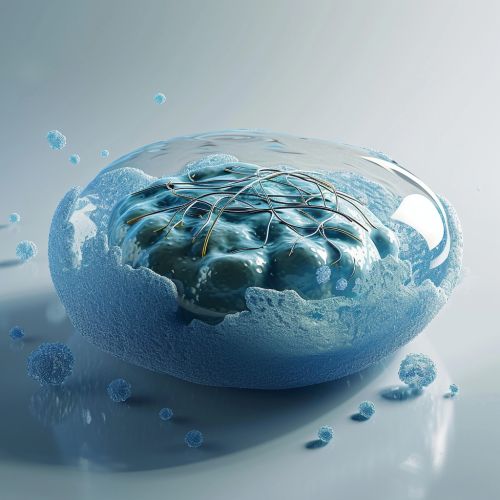
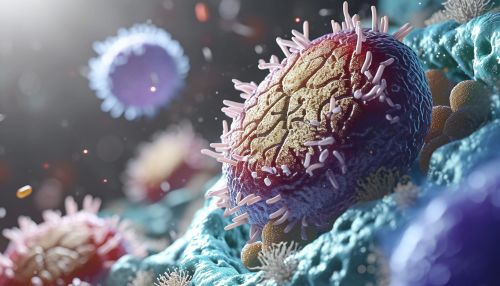
Prokaryotes are incredibly versatile and can inhabit a wide range of environments, from hot springs to the human gut. They reproduce through a process known as binary fission, in which one cell divides into two identical cells.
The Evolution of Eukaryotes
The next major step in the evolution of cells was the emergence of eukaryotes. Eukaryotic cells are more complex than prokaryotes, with a nucleus and other organelles that perform specific functions. The first eukaryotes are believed to have evolved around 2 billion years ago.
The evolution of eukaryotes is often attributed to a process known as endosymbiosis. According to the endosymbiotic theory, early eukaryotic cells engulfed prokaryotic cells, which then became organelles within the eukaryotic cell. This is believed to be the origin of mitochondria and chloroplasts, which are essential for energy production in eukaryotic cells.
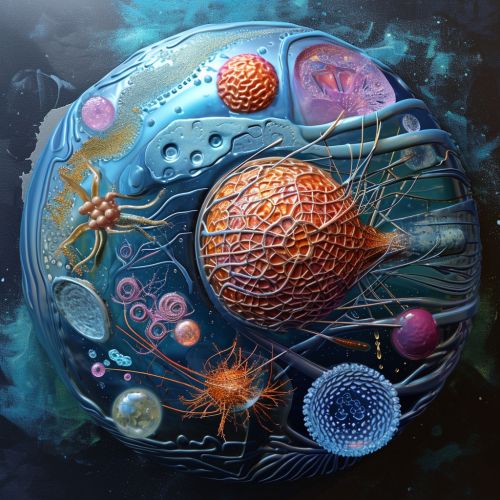
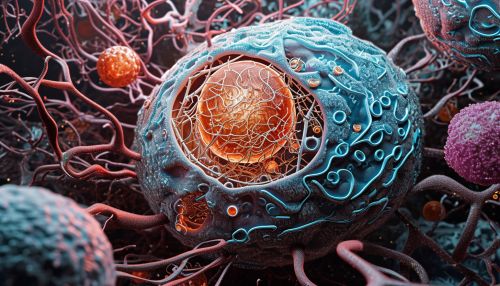
Eukaryotes include all plants, animals, and fungi, as well as many single-celled organisms. They reproduce through a process known as mitosis, in which one cell divides into two cells with identical genetic material.
The Evolution of Multicellularity
The evolution of multicellular organisms from single-celled eukaryotes was another major step in the evolution of cells. Multicellularity allows for greater complexity and specialization, as different cells can perform different functions.
The first multicellular organisms are believed to have evolved around 1 billion years ago. These early multicellular organisms were likely simple, with little differentiation between cells. Over time, more complex multicellular organisms evolved, with specialized cells and tissues.
Conclusion
The evolution of cells is a complex process that has taken billions of years. From the formation of simple organic molecules to the emergence of multicellular organisms, each step has been crucial in shaping the diversity of life we see today.
